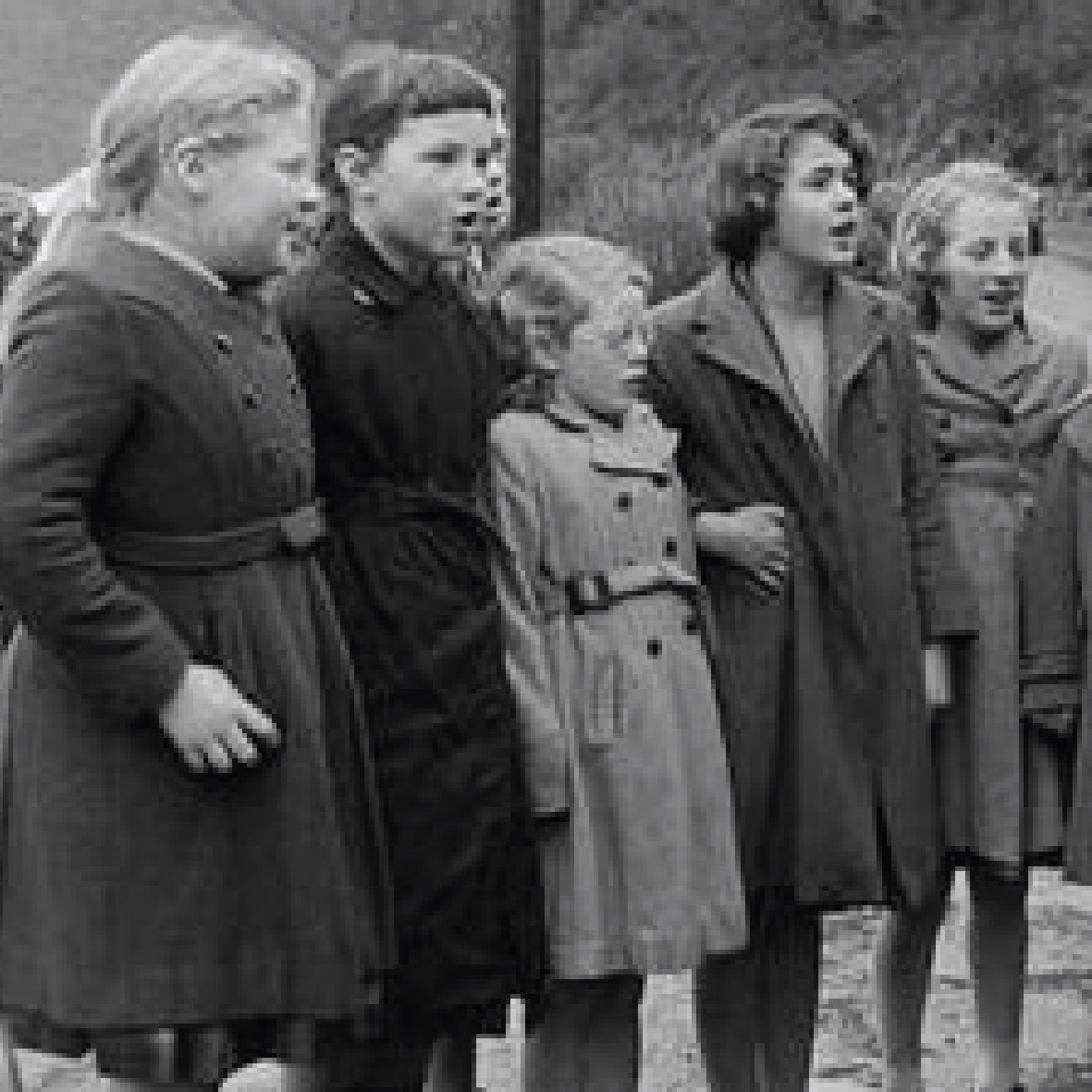NEW YEAR CUSTOMS IN WALES
CALENNIG.
The ancient custom of calennig can trace it roots back to the middle ages and is still active in some areas of Wales today. Children would go from house to house, singing rhymes and wishing the occupants a healthy and prosperous new year. In exchange for this goodwill, they would receive money, food or the calennig apple, which is an apple standing on a tripod of twigs and decorated with holly.
HAPPY OLD NEW YEAR (HEN GALAN)!!
Yr Hen Galan is a custom that dates back to the adoption of the Gregorian calendar in 1752, as opposed to the previously used Julian calendar, which over the years, had lost 13 days, resulting in January 1st in the Julian calendar equating to January 14th in the Gregorian. In some areas of Wales, the tradition of observing the new year according to the Julian calendar is continued, with the communities of the Gwaun Valley near Fishguard and Llandysul celebrating the ‘Hen Galan’ hen meaning old in Welsh and calan, meaning the first day of the month.
TWELFTH NIGHT CUSTOMS IN WALES.
In Wales, the custom of ‘Hunting the Wren’ usually took place between the 6th and 12th of January, it involved a party of young men catching a wren and putting it in a cage. They would then carry it through the community, singing songs acclaiming it as the King of the Birds. They would be invited into houses and given food and money. In Pembrokeshire, it was called ‘Twelfth-tide’ and the wren’s cage was in the form of a wooden cottage adorned with ribbons.
ST DWYNWEN, THE PATRON SAINT OF FRIENDSHIP AND LOVE, IS CELEBRATED IN WALES ON 25TH JANUARY.
Dwynwen was one of the prettiest daughters of the 5th-century King of Brycheiniog, Brychan Brycheiniog’s 24 daughters. She was already betrothed when she fell in love with Prince Maelon Dafodrill from Gwynedd. Maelon became so annoyed that he forced himself upon Dwynwen, who fled into the woods and prayed that God would make her forget all about Maelon. Dwynwen then fell asleep and received a visit from an angel, who gave her a potion to make her forget Maelon, who had been turned into ice. God then granted Dwynwen three wishes, to which, she asked for Maelon to be thawed, for God to give true lovers all their hopes and dreams and also that she would never marry. The three wishes were granted and Dwynwen dedicated the rest of her life to God. The remains of Dwynwen’s church are still visible today on Llanddwyn Island off Anglesey, where there is also a well, allegedly containing a sacred fish, whose movements forecast the romantic future of visiting couples.
WELSH LOVE SPOONS.
Traditionally, lovespoons were decoratively carved spoons presented by young men to their loved one as a token of affection. They were usually made from a single piece of sycamore or poplar, using a small pocket knife to carve romantic symbols into the spoon, such as hearts representing passion, balls within cages representing the number of children desired by the couple, chain links representing loyalty and faithfulness, keys and keyholes representing security or the key to one’s heart and wheels representing the carver’s intention to work hard and provide for his loved one.


